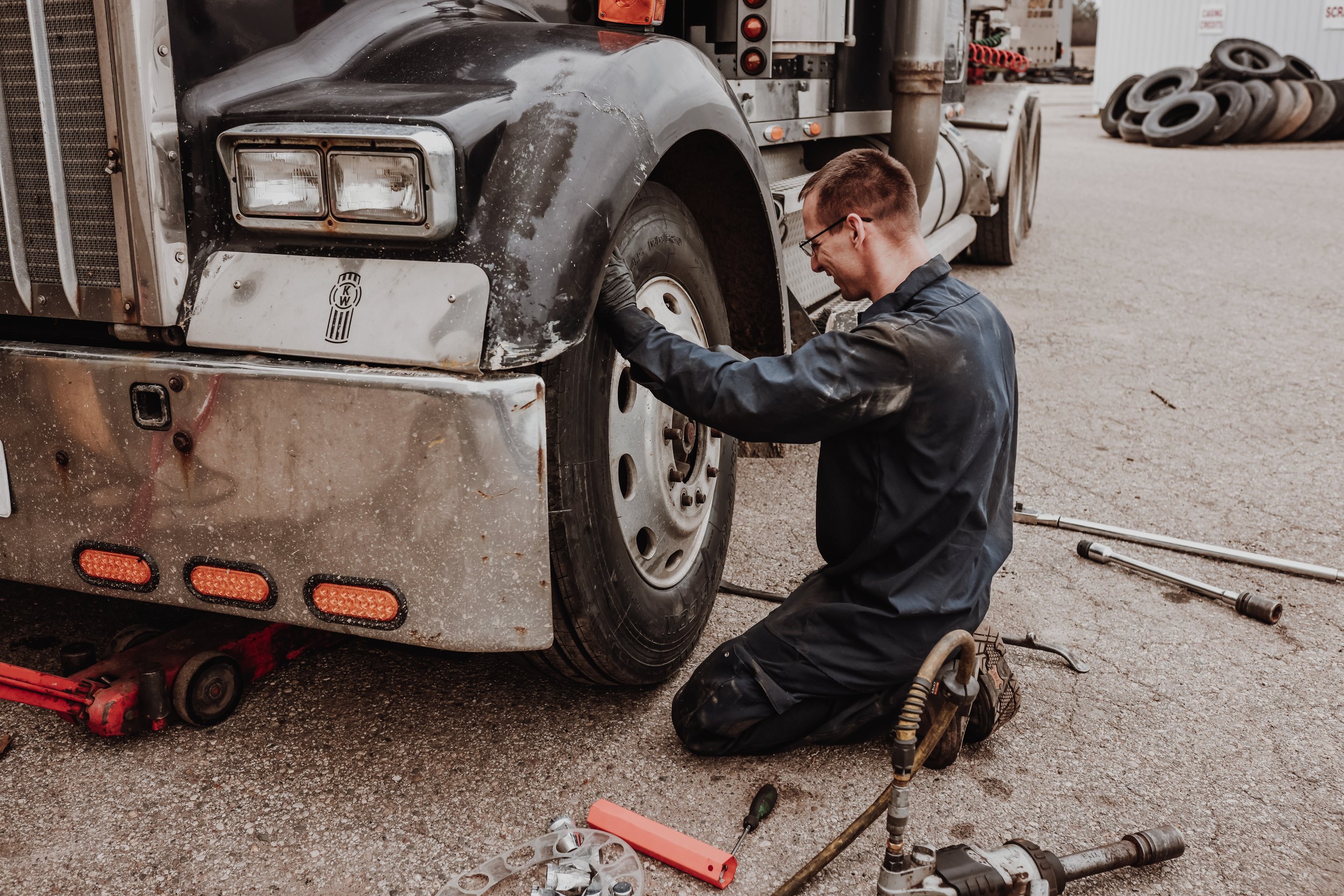Morris Tire Service: Reliable and Cost Effective Care
Morris Tire Service: Reliable and Cost Effective Care
Blog Article
Tire Fixing Myths Debunked: Separating Reality From Fiction
In the realm of auto upkeep, tire repair service holds a substantial place, yet it is commonly shrouded in misconceptions and mistaken beliefs that can result in confusion for car proprietors. Recognizing the difference between reality and fiction when it comes to tire fixing is important for making sure both safety and cost-effectiveness. From the misunderstandings surrounding patching versus connecting a pierced tire to the effectiveness of various tire sealers, there are numerous vital locations where clarity is needed to make informed choices. Allow's shed light on some usual tire repair service myths and different them from the truth to empower you with the expertise required to navigate this vital facet of car upkeep.
Usual Tire Repair Misconceptions
Eliminating widespread mistaken beliefs bordering tire repair service is important for preserving roadway safety and security and prolonging the longevity of your vehicle's tires. It is important to comprehend that not all punctures are produced equivalent; while some might undoubtedly call for a tire replacement, the bulk can be securely fixed.
Another misunderstanding is the idea that a do it yourself tire repair kit is an adequate solution for all tire concerns. While these sets can be useful for temporary solutions in emergencies, they are not a permanent remedy and may not deal with the underlying problem (morris tire service). Seeking the knowledge of a qualified tire service technician is always advised to make certain the security and honesty of the tire

Can You Repair a Punctured Tire?
Repairing a pierced tire is a common technique in the automotive sector, typically accomplished by professional technicians complying with particular guidelines and requirements. Not all leaks can be repaired. The location, dimension, and extent of the puncture are important aspects in establishing if a tire is repairable. Leaks located on the step area of the tire are typically repairable as long as they are within a specific size limitation and do not influence the tire's architectural honesty.
It is essential to note that pierces near the sidewall or shoulder of the tire are typically not repairable because of security worries. Such locations undertake considerable anxiety and flexing, making repair work unreliable and potentially hazardous. Furthermore, if the leak is as well big, exceeding the recommended repairable size, or if the tire reveals signs of interior damage, it is much safer to replace the tire altogether.
The Fact About Patching Vs. Connecting
When thinking about the repair of a pierced tire, comprehending the differences in between patching and plugging is vital for making notified decisions concerning tire upkeep and safety. Patching entails repairing the tire from the within, where a patch is used to cover the slit. This technique is taken into consideration more reputable and lasting as it resolves the damage inside, decreasing the threat of air leakage and further tire damage. On the various other hand, connecting is a quick fix that includes placing a rubber link into the punctured area from the outside. While connecting is convenient and can be done without getting rid of the tire from the rim, it is generally considered More Bonuses a short-term remedy and may not offer the very same degree of sturdiness as a spot.
Misconception: All Tire Sealers Work

When choosing a tire sealant, consider variables such as the size of punctures it can properly repair, read review compatibility with tire pressure monitoring systems (TPMS), and whether it is safe for the tire product. Remember, while tire sealants can be valuable in emergencies, they are not a replacement for appropriate tire treatment and maintenance.
Ideal Practices for Handling Flat Tires
In light of the varying effectiveness of tire sealers, recognizing finest techniques for taking care of level tires is essential for keeping roadway safety and security and vehicle efficiency. Loosen the lug nuts, elevate the automobile with the jack, get rid of the lug nuts and level tire, and replace it with the spare tire. Store away the level tire, tools, and equipment, and bear in mind to check the spare tire's stress regularly.
Conclusion
In final thought, it is very important to different reality from fiction when it comes to tire repair service misconceptions. Understanding the truth concerning patching vs. plugging, the efficiency of tire sealers, and look at this web-site best practices for taking care of blowouts can aid make certain the security and durability of your tires. By debunking usual misunderstandings and following appropriate repair work guidelines, you can make informed decisions when it comes to maintaining the health and wellness of your car's tires.
Report this page